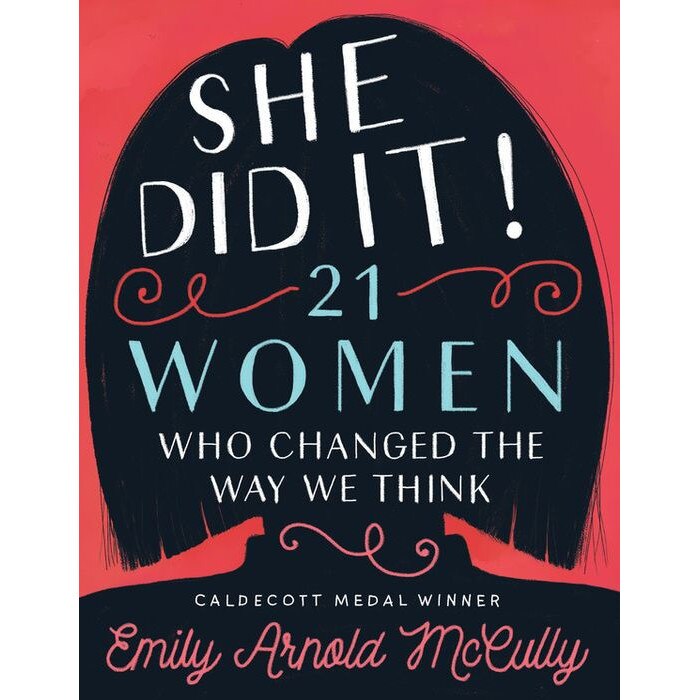
Their ensuing collaborations resulted in ideas and concepts that presaged computer programming by almost two hundred years, and Ada Lovelace is now recognized as a pioneer and prophet of the information age. At seventeen, Ada met eccentric inventor Charles Babbage, a kindred spirit. Tutored by the brightest minds, Ada developed a hunger for mental puzzles, mathematical conundrums, and scientific discovery that kept pace with the breathtaking advances of the industrial and social revolutions taking place in Europe. Her strict mother worked hard at cultivating her own role as the long-suffering ex-wife of bad-boy poet Lord Byron while raising Ada in isolation. (Mar.This illuminating biography reveals how the daughter of Lord Byron, Britain's most infamous Romantic poet, became the world's first computer programmer.Įven by 1800s standards, Ada Byron Lovelace had an unusual upbringing.

Archival photos and illustrations, appendices, source notes, a glossary, and a bibliography deepen the portrait of this singular figure whose impact on science and technology has long been understated. McCully proceeds with clear explanations of Lovelace’s intellectual activities-in particular, Note G, in which Lovelace proposes an algorithm considered to be the first for a computer-while blending a largely sympathetic view of her personal life: marriage, offspring, gambling and other addictions, and early death from uterine cancer. Her introduction at age 17 to her future mentor and collaborator Charles Babbage, inventor of the earliest computer prototypes, changed her life, offering intellectual food and challenge. Privately tutored in mathematics to ward off any poetical instincts, Lovelace thrived intellectually even as she endured physical ill-health and her mother’s emotional coldness. Lovelace’s father was the poet Lord Byron, and her childhood was framed by her principled, domineering mother’s determination to eradicate all traces of his paternity.

McCully ( She Did It!) dramatically details the life of Augusta Ada Lovelace (1815–1852), the person first credited with understanding a computer’s potential beyond mathematical calculation.


 0 kommentar(er)
0 kommentar(er)
